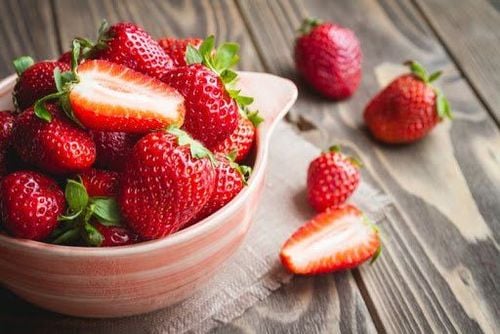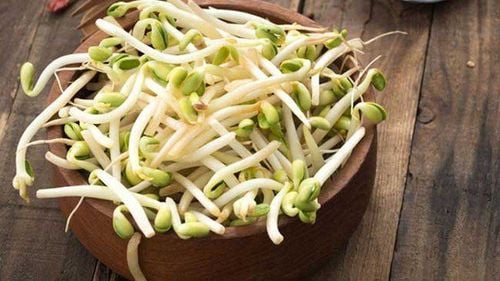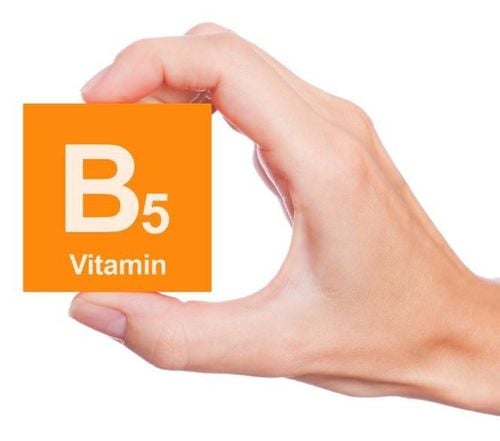This is an automatically translated article.
Lentils are foods that contain a high amount of nutrients and a variety of nutrients. Studies show that lentils can support heart health, limit the risk of obesity, diabetes.
1. What are lentils?
Lentils are legumes. Lentil seeds are round, slightly flattened and are commonly sold in both shelled and unshelled forms. Although lentils are a staple in Asian and North African cuisines, the largest share of production is currently in Canada.
2. How many types of lentils are there?
Lentils are often classified based on their color. Each type of bean has different antioxidant and phytochemical compositions.
The most commonly used types of lentils include:
Brown lentils : Brown lentils are the most commonly used. It has the light scent of a nutritious dish, retains its shape after cooking, and is often prepared as a stew. Puy lentils: Puy lentils originate from the Le Puy region of France. The beans are green but about 1/3 the size of a green lentil and have a peppery taste.
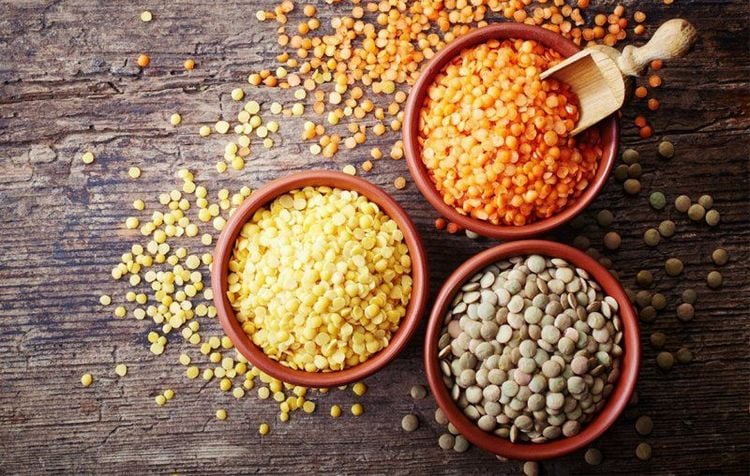
Một số loại đậu lăng phổ biến
Green lentils: Green lentils come in a variety of sizes and are often used to replace Puy lentils in recipes because they are cheaper. Yellow and Red Lentils: Yellow and red lentils have a delicious, nutty taste. It is easy to soften and crumble during cooking, so it is very suitable for making dal. Beluga Lentils: Beluga lentils are black, small in size and look like caviar. It is often used to make salads.
3. Nutritional composition of lentils
Each type of lentil varies slightly in nutritional composition but overall one cup of cooked lentils (198 grams) provides:
Calories: 230 Carbs: 39.9 grams Protein: 17.9 grams Fat : 0.8 grams Fiber : 15.6 grams Thiamine : 22% of Daily Intake (RDI) Niacin : 10% RDI Vitamin B6 : 18% RDI Folate : 90% RDI Pantothenic acid : 13% RDI Iron : 37% RDI Magnesium : 18% RDI Phosphorus: 36% RDI Potassium : 21% RDI Zinc : 17% RDI Copper: 25% RDI Manganese: 49% RDI
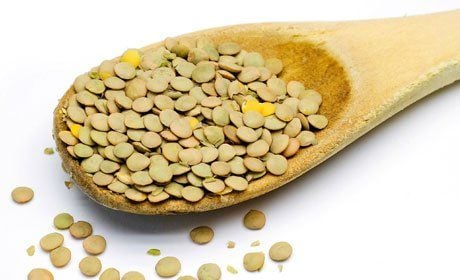
Trong thành phần của đậu lăng chứa nhiều chất dinh dưỡng
Lentil seeds contain more than 25% protein, so it can be a nutritious food to use as a meat substitute. It is also a good source of iron, a mineral often lacking in vegetarian diets.
Lentils contain a lot of fiber that helps promote intestinal motility and facilitates the growth of beneficial bacteria in the digestive tract. Eating lentils helps increase stool weight and improves bowel function. In addition, lentils contain many healthful plant compounds called phytochemicals, many of which help protect against chronic diseases like cardiovascular disease and type 2 diabetes.
4. What are the benefits of lentils?
4.1. Polyphenols in lentils are a good source of nutrients
Lentils are rich in polyphenols, which are plant compounds that have health benefits. Among them are procyanidins and flavanols, which have strong antioxidant, anti-inflammatory and neuroprotective effects.
Scientific studies show that lentils have the ability to inhibit the body's production of cyclooxygenase-2 which is an inflammatory substance and the polyphenols present in lentils can help prevent the growth of cancer cells, especially especially skin cancer cells.
Another scientific animal study found that polyphenols in lentils helped improve blood sugar levels, but didn't explain how. It is not simply due to the carb, protein and fat content of lentils.
The polyphenols in lentils do not lose their health-promoting properties after cooking. These conclusions are drawn from animal studies. Therefore, more human studies are needed before firm conclusions can be drawn about the possible health benefits of polyphenols in lentils.
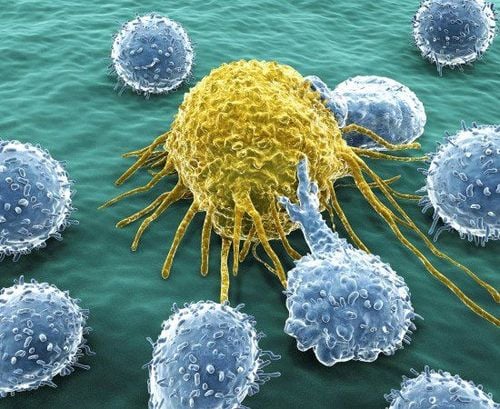
Bệnh nhân ung thư nên bổ sung đậu lăng nhằm ngăn ngừa sự phát triển của tế bào ung thư
4.2. Lentils help protect heart health
An 8-week study in 48 overweight or obese people with type 2 diabetes found that eating 60 grams of lentils per day increased levels of good HDL cholesterol, significantly reducing levels of bad LDL cholesterol and triglycerides.
Lentils also help lower blood pressure. The results of another rat study showed that rats that ate lentils had a greater reduction in blood pressure than mice given peas, chickpeas, and chickpeas.
Furthermore, the protein in lentils can block angiotensin I-convert enzyme (ACE), a substance that triggers blood vessel constriction that causes high blood pressure. Folate found in lentils is also a good source of nutrients that help reduce levels of homocysteine, which is a risk factor for cardiovascular disease.
Finally, lentils reduce overall food intake, which in turn helps reduce the risk of overweight and obesity. It also helps the body keep blood sugar levels stable, reducing the risk of obesity.
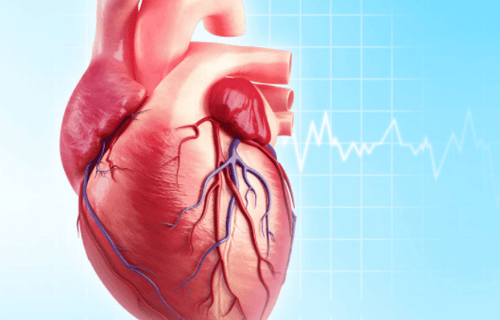
Bổ sung đậu lăng vào chế độ ăn uống giúp ngăn ngừa các bệnh lý về tim mạch
5. Lentils contain substances that interfere with the absorption of nutrients
Lentils contain antinutrients that can affect the absorption of other nutrients.
Trypsin inhibitors Lentils contain trypsin inhibitors, which block the production of enzymes that consume protein from food. However, the content is only at a low level, does not affect the protein digestion much.
Lectins Lectins bind nutrients, preventing their absorption. It also has the ability to bind to carbs on the intestinal wall. If given in excess into the body, it can cause disturbance of the intestinal barrier, increase intestinal permeability, causing leaky gut syndrome.
Too many lectins in the diet may increase the risk of autoimmune disease, but evidence is limited. However, scientists are also studying its anti-cancer and anti-bacterial benefits.
If you want to reduce the amount of lectins in lentils in particular and the diet in general, you need to soak lentils overnight and rinse with clean water before cooking.
Tannins Lentils contain tannins that can bind to proteins blocking the absorption of certain nutrients. There are concerns about tannins reducing iron absorption but studies have shown that iron levels are generally unaffected by the amount of tannins present in the diet. Besides the harmful effects, tannins also have many antioxidant benefits, helping to promote health.
Phytic Acid Phytic acid (phytates) has the ability to bind minerals such as iron, zinc and calcium, reducing their absorption into the body. However, it also has strong antioxidant and anticancer properties.
In general, lentils and other legumes have a certain amount of antinutrients. The best way to remove them from the diet is to peel them before cooking.
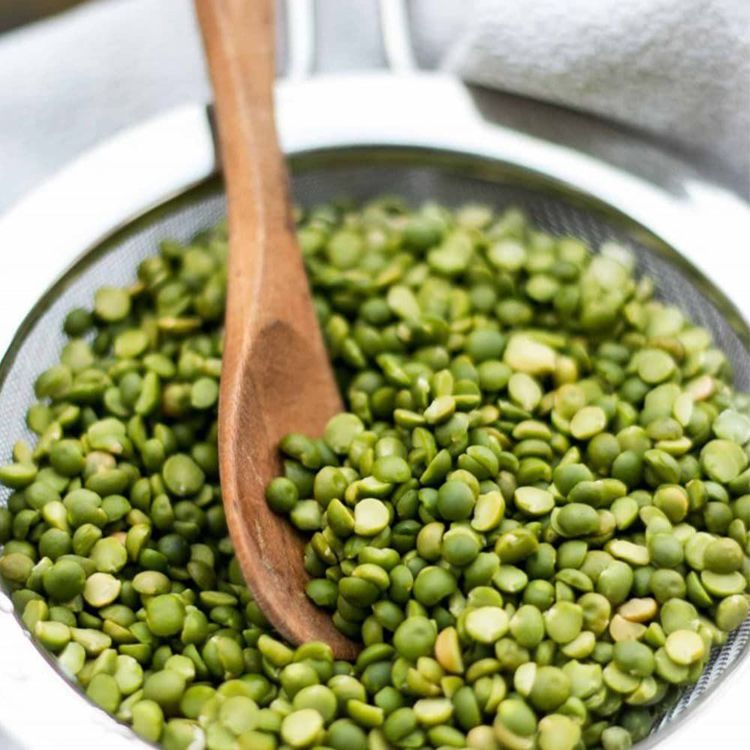
Một số chất trong đậu lăng gây cản trở quá trình hấp thụ chất dinh dưỡng
6. The best way to cook lentils
Lentils do not need to be soaked in water, you just need to wash them with clean water before cooking to remove impurities. Then, put the beans in a pot of water, add a little salt, bring to a boil, then continue to simmer for 15-20 minutes.
After boiling, drain and rinse in cold water. Cooking time is reduced to 5 minutes for split lentils. It is suitable for preparing a quick dinner, when the dishes are already on the table.
Lentils can be stored in the refrigerator for up to 5 days, so they can serve up a week's worth of lunches and dinners. The content of antinutrients (antinutrients) is significantly reduced with cooking. To further reduce antinutrients, you may choose to soak lentils overnight before cooking.
Lentils are foods rich in nutritional value, you can add this bean to your daily diet and have a reasonable nutritional balance.
Please dial HOTLINE for more information or register for an appointment HERE. Download MyVinmec app to make appointments faster and to manage your bookings easily.
Reference source: healthline.comLEARN MORE
Nutritional composition of mung beans Nutritional value of pork Nutritional composition of water spinach




